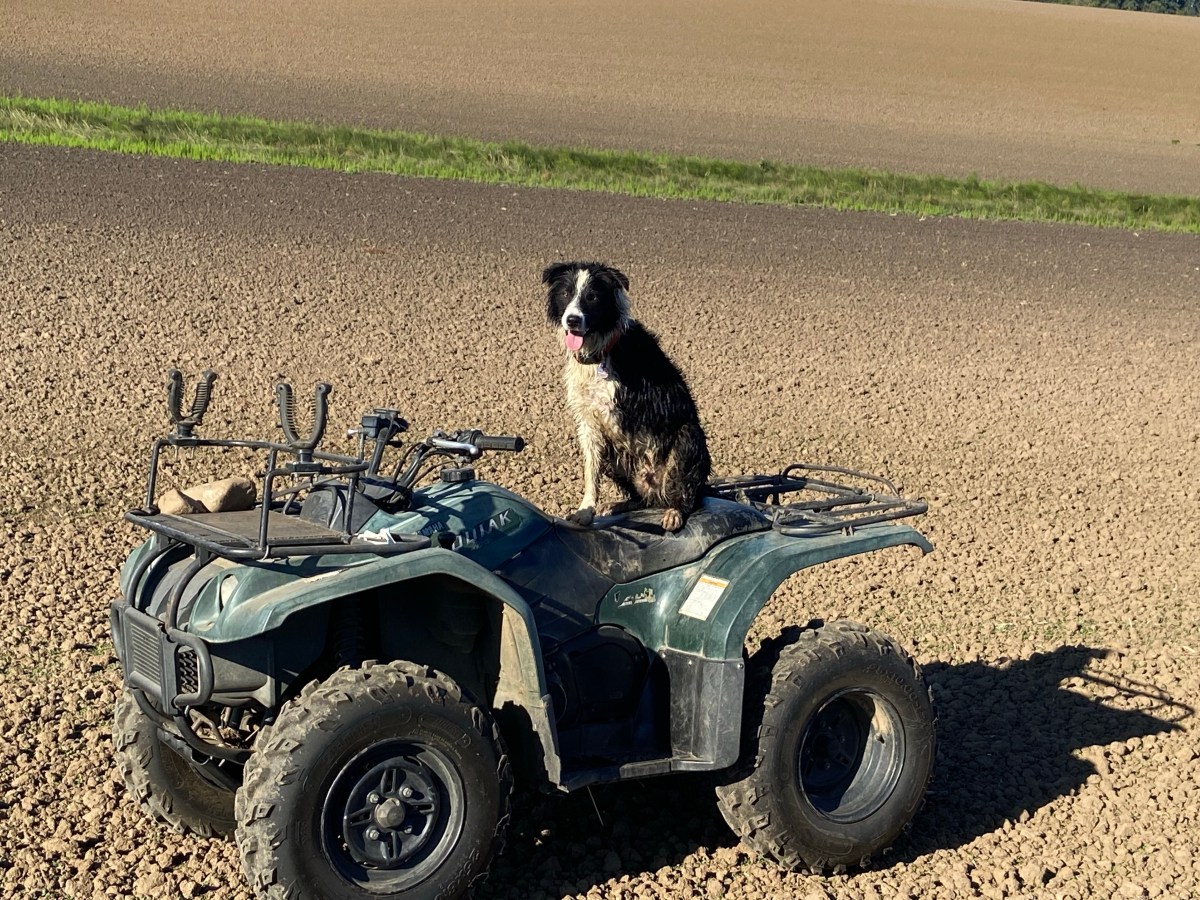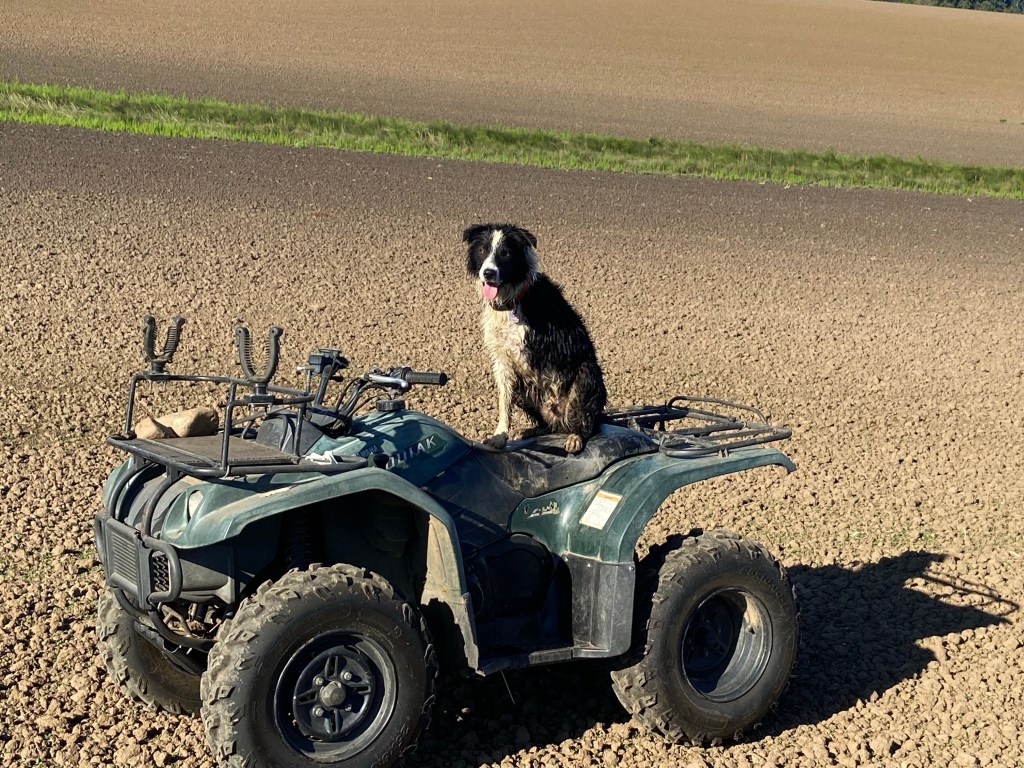****I wrote this post about 5 days ago….woke up to some beautiful sunshine this morning, but the intent stands true; I’m still glad I’m not in charge of the weather!****
Maybe you wouldn’t know it by the title but this is a weather post. Because you see the the weather is by and large the one thing that I’m most happy to not be in charge of. I mean sure there’s other things like, I’m glad I’m not the sole person in charge of making sure my kids don’t grow up to be crazy & absolutely wild but that’s a blog for another day.

It’s raining today here in the Willamette Valley. We have needed this rain so much. The days leading up to this weather system were hectic at best. Lots of triage of what to spray, what to fertilize, what to mow, scrape, plant, fix, put away….you get the point here. We had a lot to do.
And if I’m being honest there’s always more that could have been done, but today I woke up and heard the rain and felt grateful. I know there are plenty of folks out there who woke up not loving the raindrops, maybe a farmer or two who had a lot left on their list of things to get done (I’ve been this farmer also).
But at the end of the day that’s why I’m grateful that I’m not in charge of the weather; too much to consider, too many decisions to make, and I’ll leave all that up to the big guy upstairs.
But also….I mean….it has been a few days and it could probably go ahead and be sunny again…we do have beans to plant next week….just a thought to the guy who is in charge….but still I’m glad I’m not in charge….anyway moving right along….happy farming out there no matter the weather!!





